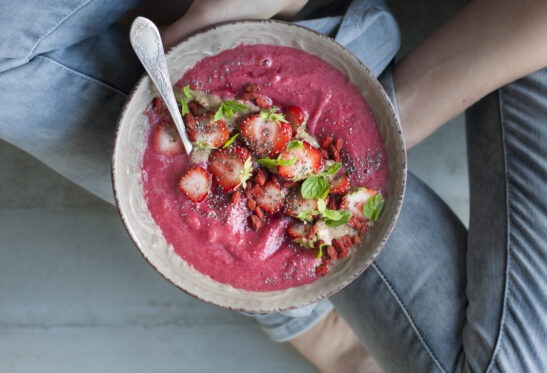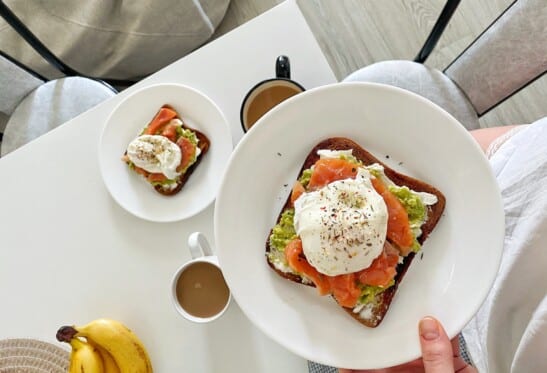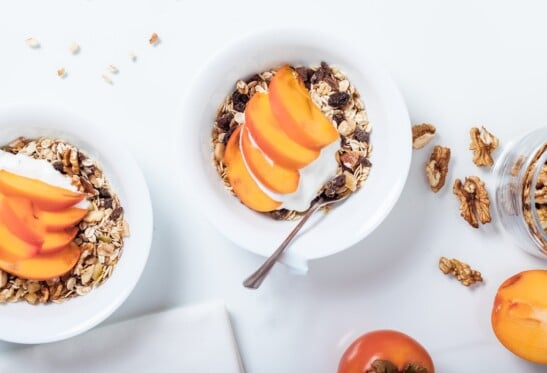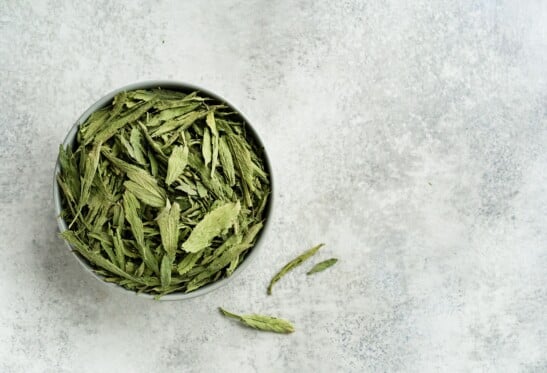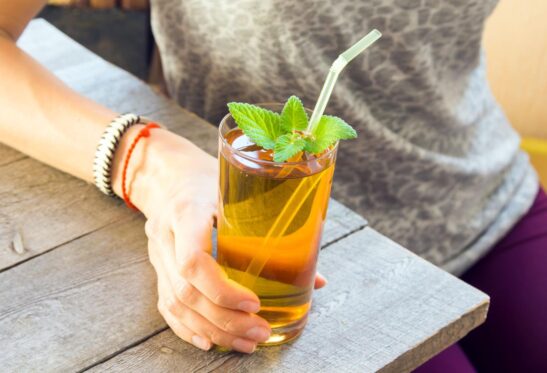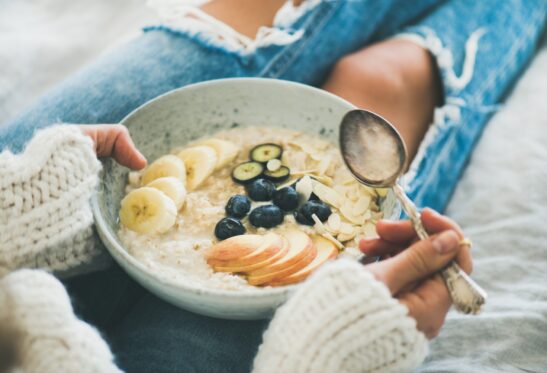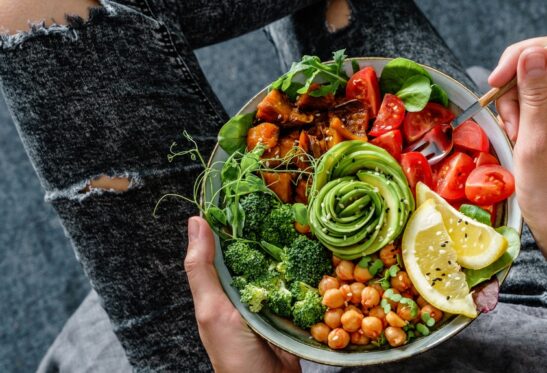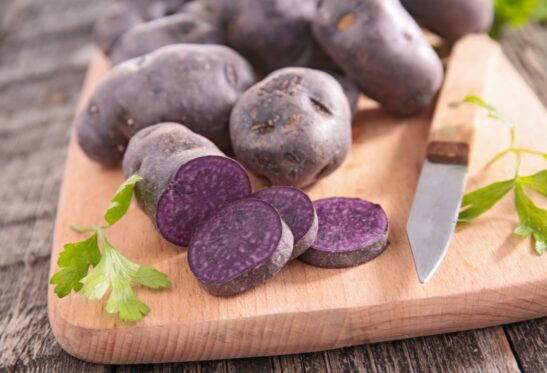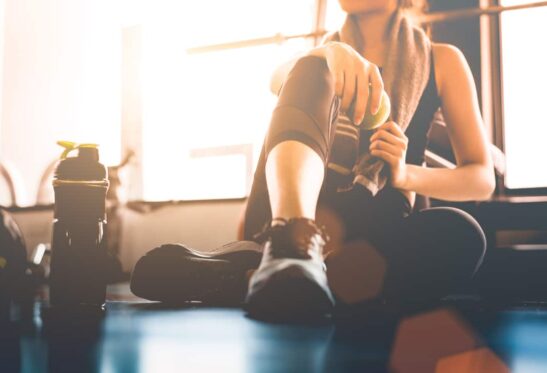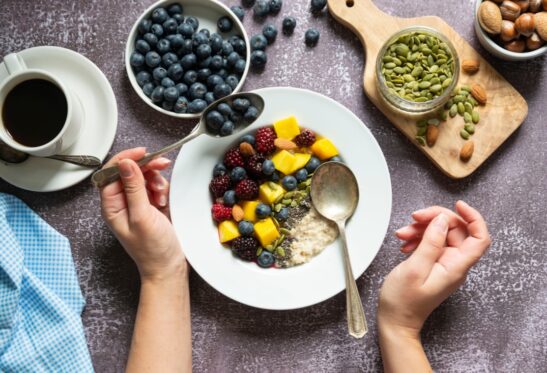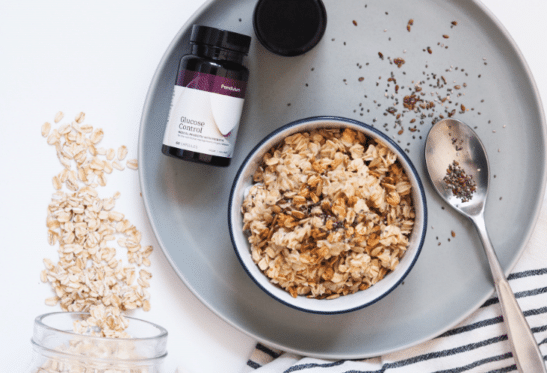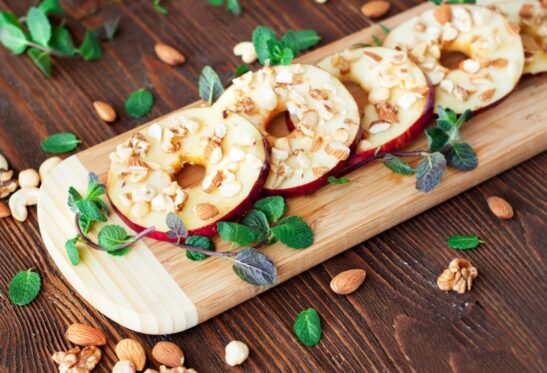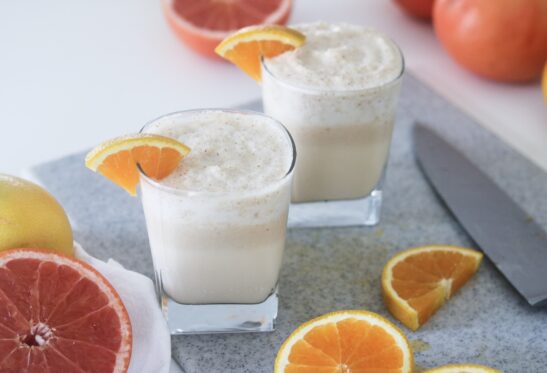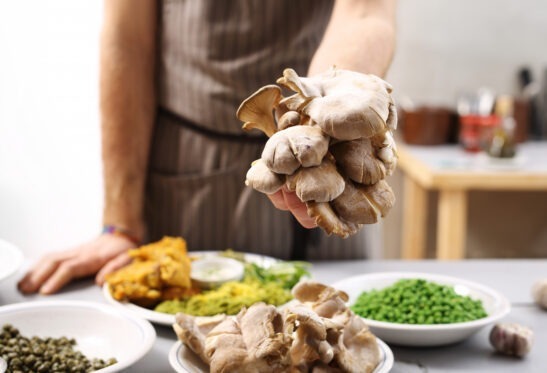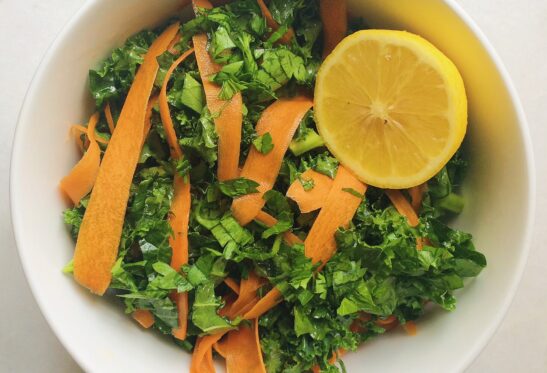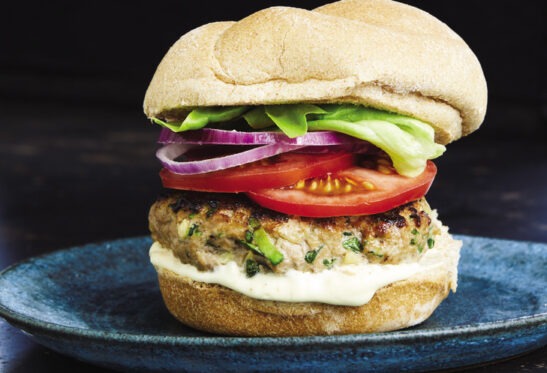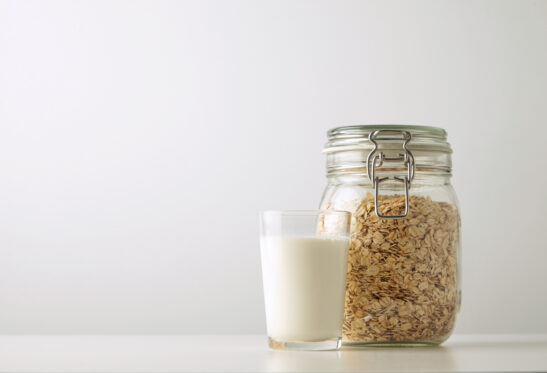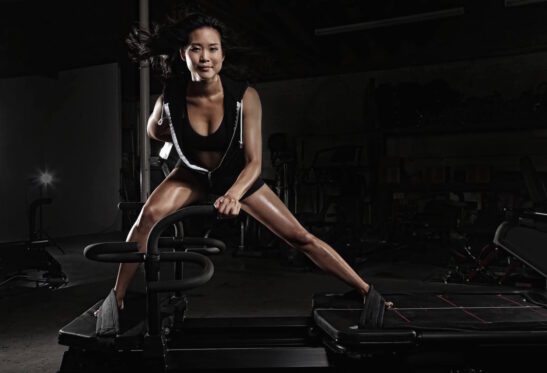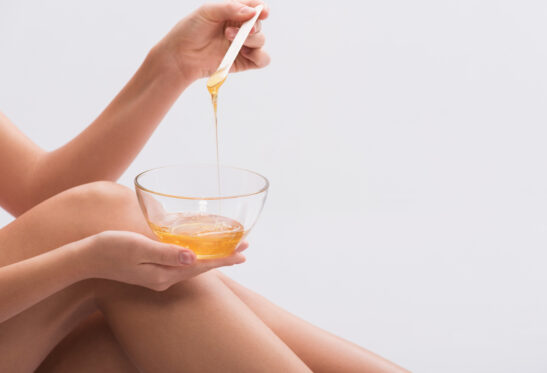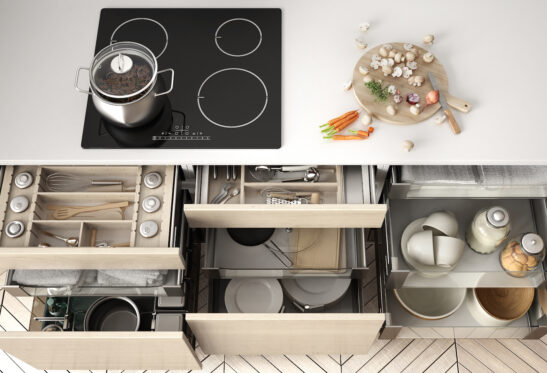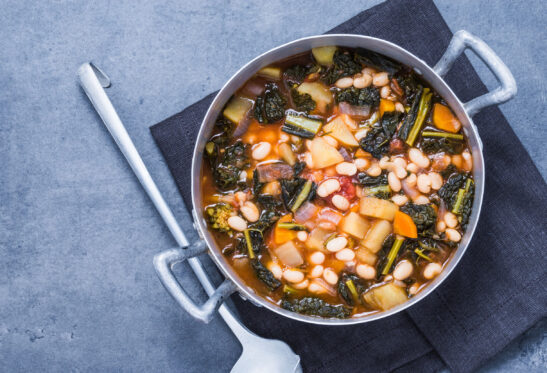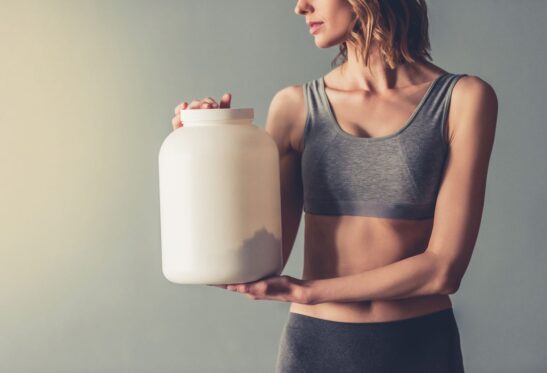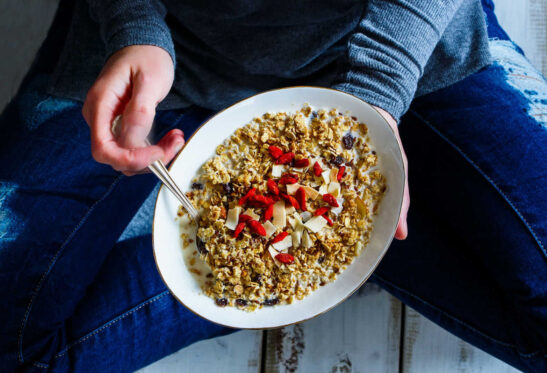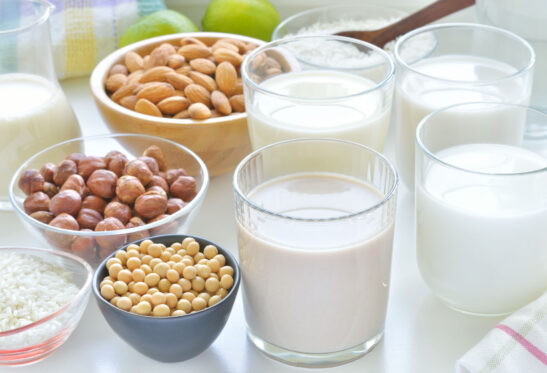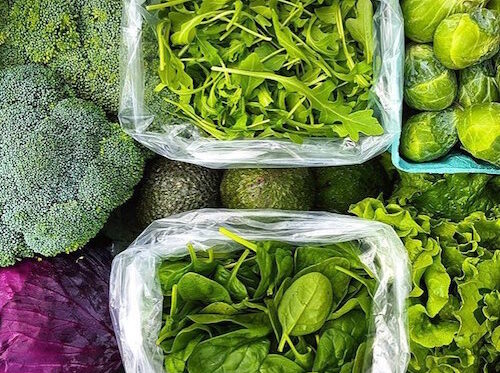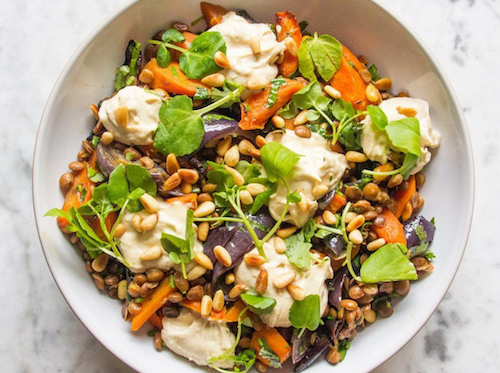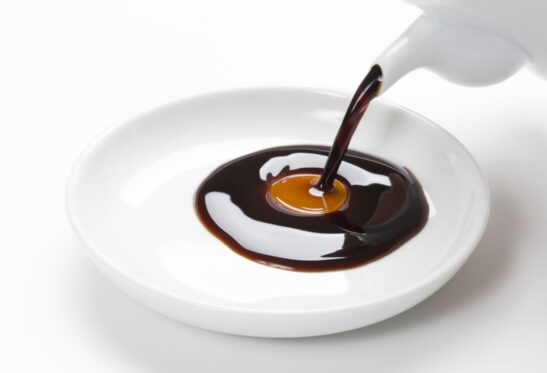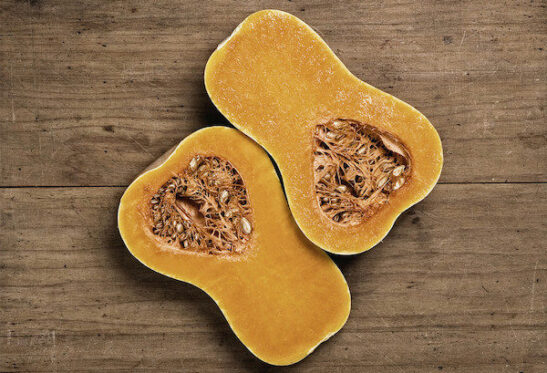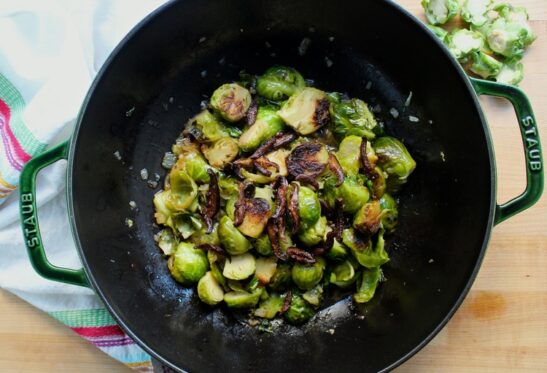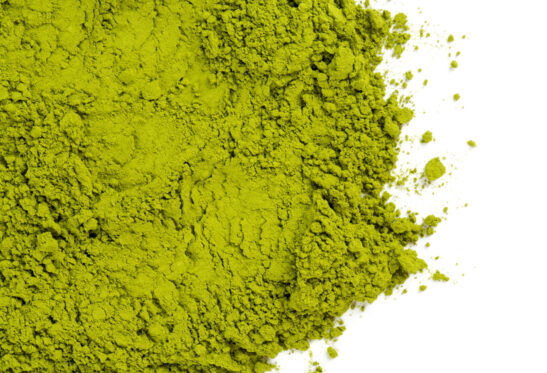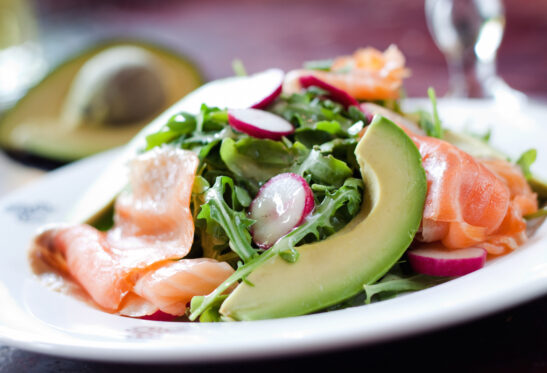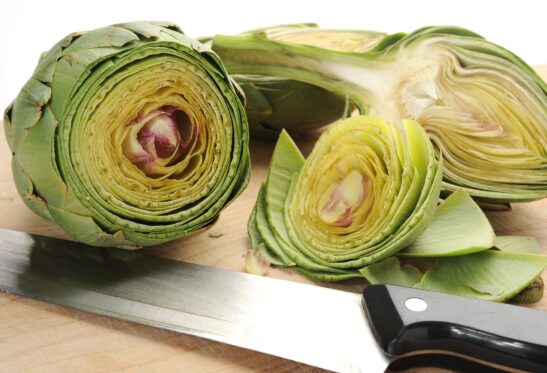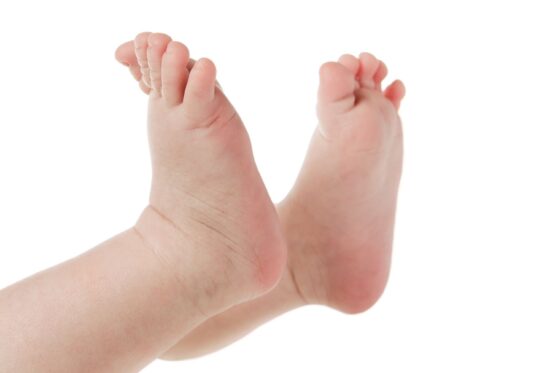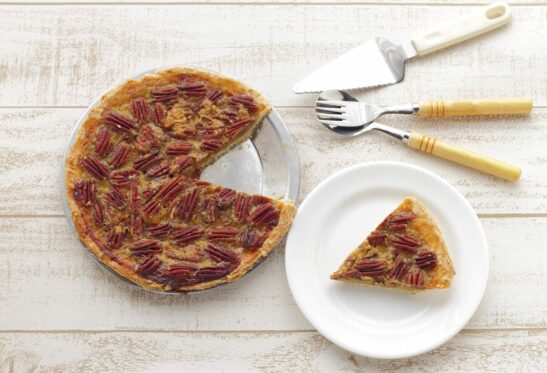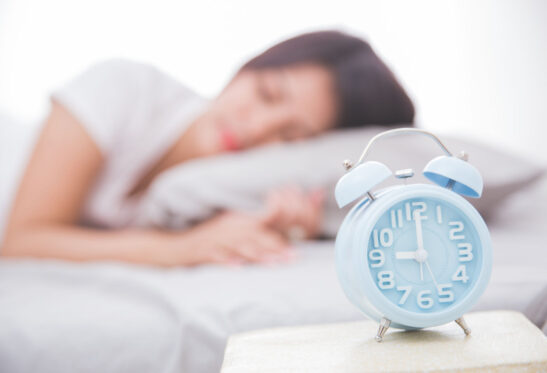 Eat Empowered
Eat Empowered  Gut Health
Gut Health  Healthy Eating Tips
Healthy Eating Tips  Weight Loss
Weight Loss  Wellness Advice from Experts
Wellness Advice from Experts
The Difference Between Brown and White Fat
By Anthea LeviHome » Eat Empowered » The Difference Between Brown and White Fat
By now we’re all well aware that there are healthy dietary fats (hello, omega-3s!) as well as no-go dietary fats (see you never, manufactured trans fats). But what if we told you the same applies to different types of fat tissues in the body? That is, there may be a specific kind of fat, called brown fat, that actually fights obesity, instead of fueling it.
Intrigued? We thought you would be.
Here’s a breakdown of the science on brown versus white fat.
What is White Fat?
White fat, also called white adipose tissue or WAT, makes up the majority of the fat in adults’ bodies. It’s made up of large lipid (or fat) droplets and is fairly inactive. Think of this type of fat used as storage space for the excess calories we consume.
What is Brown Fat?
Brown fat is best known for having tons of small lipid droplets, each armed with its own mitochondria. Quick 7th grade bio refresher: mitochondria are the energy-producing organelles in cells. Why does that matter? The mitochondria in brown fat cells burn calories in order to produce energy in the form of heat, per The Mayo Clinic. Put simply: in helping to keep us warm, brown fat actually burns fat. Thank you, brown fat.
According to Hopkins Medicine, babies typically possess a higher amount of brown fat than adults, since little ones need extra help warding off the cold early in life and brown fat helps generate heat. The only problem? The amount of brown fat in the body diminishes post-infanthood, so adults aren’t as privy to its calorie-burning benefits. Womp womp.
What Does Science Say About Brown Fat?
So far, the science supports the benefits of brown fat. In fact, some experts point to this type of adipose tissue as a possible means for fighting obesity, thanks to its metabolism-revving properties.
Studies have shown that exposing individuals to cool temps can activate brown adipose tissue, or BAT, and in turn kick up calorie burn, or energy expenditure.
BAT may also drive down disease risk. One January 2021 study reported that the presence of brown fat was associated with lower incidences of type 2 diabetes, high blood pressure and heart disease among adults.
Other studies have linked brown fat activation with lower levels of circulating BCAAs (AKA branched chain amino acids). That might sound like a bad thing, since BCAAs are known to provide quick energy to the muscles during tough workouts, but an excess of these amino acids has actually been connected to a higher risk of obesity, insulin resistance and type 2 diabetes, per the NIH. The bottom line? Researchers think that by removing excess BCAAs from the blood, activated brown fat could potentially contribute to weight loss and lower the risk of chronic conditions like diabetes.
Also cool: animal studies suggest that strenuous exercise can help turn white fat into “beige fat,” AKA white adipose tissue that acts like brown fat. According to a 2018 study published in the journal Metabolism, it’s not exactly clear how physical activity is involved in the “browning” of white fat. After all, brown fat responds to cold and exercise tends to generate heat. There are a few different theories about the connection, but one likely explanation is that exercise supports UCP1, a gene that helps convert white fat to brown fat.
The Catch(es)
Despite promising findings on the health benefits of brown fat, there’s still work to be done. So far, most studies of brown fat have been conducted in animals (think: mice and rats). Cue the common refrain: more research in humans is needed.
What’s more, methods for increasing brown fat (or producing beige fat) aren’t exactly convenient. First, it often requires complex tests, like PET-CT scans, to measure the amount and activity of brown fat in the body. Second, stimulating brown fat requires people to chill out — literally: studies have exposed participants to temps anywhere from 12(!) to 66 degrees F to turn on the calorie-burning tissue. Brrr.
The Bottom Line
There’s no question that brown fat brings more to the table than white fat. The metabolically active adipose tissue has been linked to better blood sugar regulation, lower heart disease risk and possible weight loss.
All that said, measuring and stimulating brown fat production isn’t entirely straightforward, which means a DIY approach to boosting your own BAT stores isn’t fully understood, yet. For now, we recommend sticking with regular sweat sessions to potentially support BAT activity (another great reason to get exercise regularly!). If you really want to go the extra mile, you can try dropping your thermostat down to the mid 60s for an hour or two daily.
Just remember: there are much simpler (much less chilly) ways to achieve BAT-associated health benefits like improved insulin sensitivity and weight management. Don’t count on low temps alone to do the trick.
(photo credit: Shutterstock)
Anthea Levi, MS, RD, is a Brooklyn-based registered dietitian and health reporter. She currently works in private practice at Culina Health and contributes to various media outlets, including Livestrong.com and Nutritious Life.
RECENT ARTICLES

Want a sneak peek inside the program?
Get FREE access to some of the core training materials that make up our signature program – Become a Nutrition Coach.
Get Access"*" indicates required fields










































































